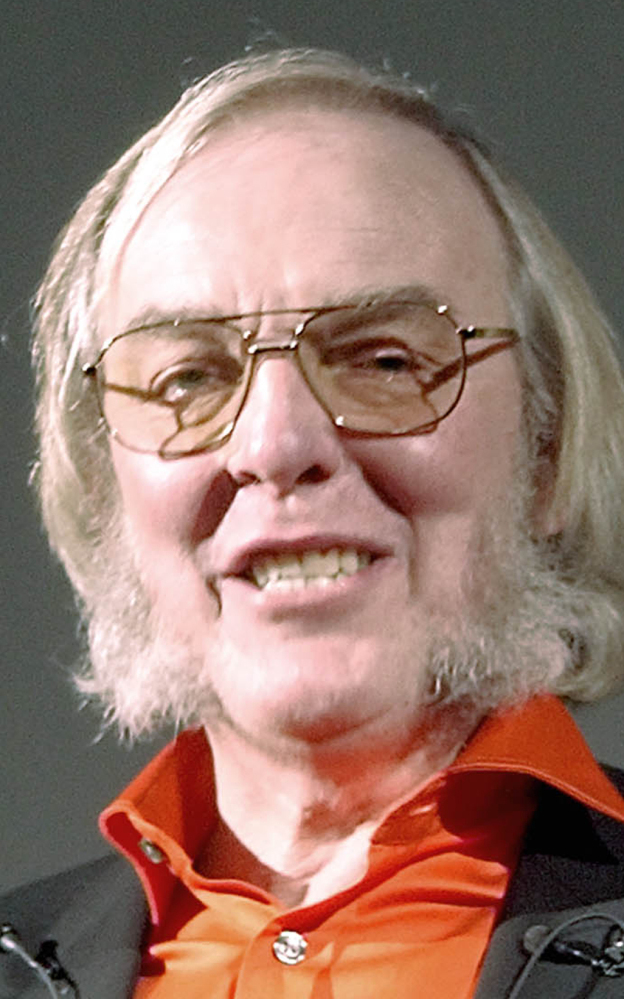LOS ANGELES — Colin Pillinger, a colorful British space scientist who became a symbol of national pluck in masterminding a failed search for life on Mars, died Thursday in a Cambridge hospital.
Pillinger collapsed in his garden after a brain hemorrhage, his family said. He was 70.
The Beagle 2, a 155-pound landing craft that Pillinger developed despite bureaucratic resistance, was lost as it approached the surface of Mars on Christmas Day 2003. Nobody knows whether it burned in the Martian atmosphere, shattered on impact or failed to perform once it landed.
A geochemist with a flair for public relations, Pillinger was philosophical about its demise.
“Everyone knew how hard it would be to land on Mars,” he said, “however easy it looks in the pub after the third pint.”
Beagle 2 was built for an estimated $85 million – a small sum in the world of space exploration. It was designed to analyze Martian soils for signs of life past or present – a task already tried by NASA’s Viking landers in the 1970s.
“They came up empty,” said Matthew Golombek, a senior research scientist at the Jet Propulsion Laboratory and a veteran of Mars projects. “But Pillinger was convinced he had a different way to do it.”
The Beagle 2 was named after the ship Charles Darwin sailed on his 19th-century voyages of exploration.
Pillinger spent seven years on the project, raising private funds and persuading British officials to contribute public money as well. Along the way, he triggered widespread public support with help from the British rock group Blur, creators of an album called “Modern Life Is Rubbish.”
Blur also composed a distinctive, nine-note signal that the Beagle was supposed to send to a U.S. Mars Odyssey spacecraft after it landed. The signal was never received. A scan of Mars by a giant radio telescope at Jodrell Bank in England was also futile.
Waiting for word along with Pillinger, the United Kingdom had become “a nation of Beagle-watchers,” the Scotsman newspaper said in 2003. “We are rooting for a little, technology-packed entity about the size of a garden barbecue, which has traveled an unfeasible distance against innumerable odds. … He has made us believe in Beagle not as a machine but as a living thing.”
For his part, Pillinger compared the Beagle to a love letter. “You know they’ve got it,” he said, “and you’re waiting for a response.”
Send questions/comments to the editors.



Success. Please wait for the page to reload. If the page does not reload within 5 seconds, please refresh the page.
Enter your email and password to access comments.
Hi, to comment on stories you must . This profile is in addition to your subscription and website login.
Already have a commenting profile? .
Invalid username/password.
Please check your email to confirm and complete your registration.
Only subscribers are eligible to post comments. Please subscribe or login first for digital access. Here’s why.
Use the form below to reset your password. When you've submitted your account email, we will send an email with a reset code.